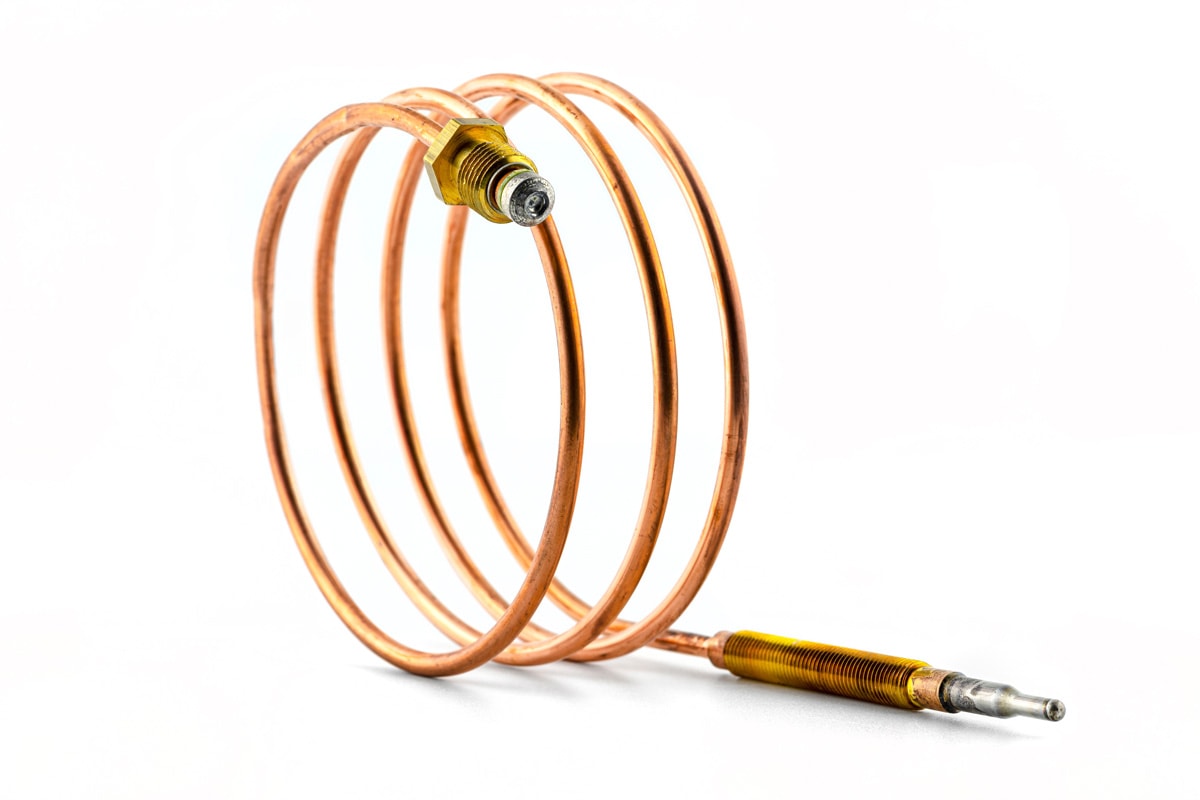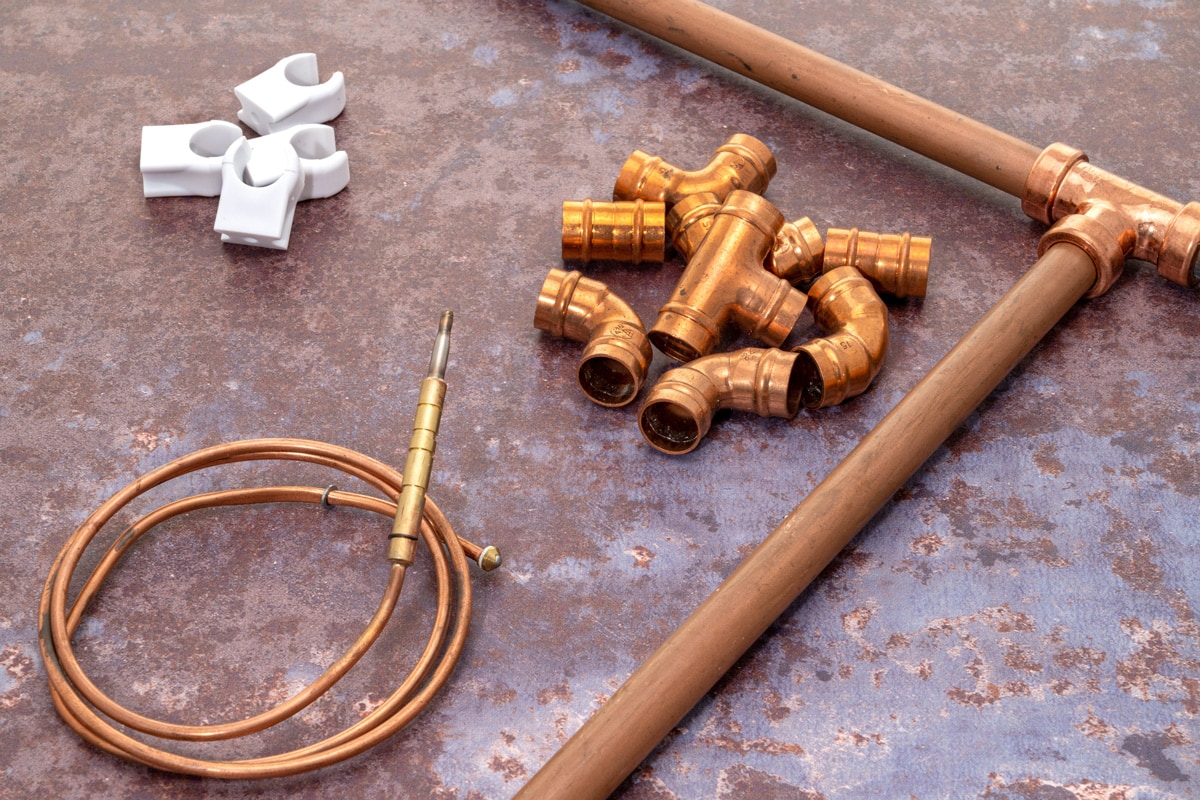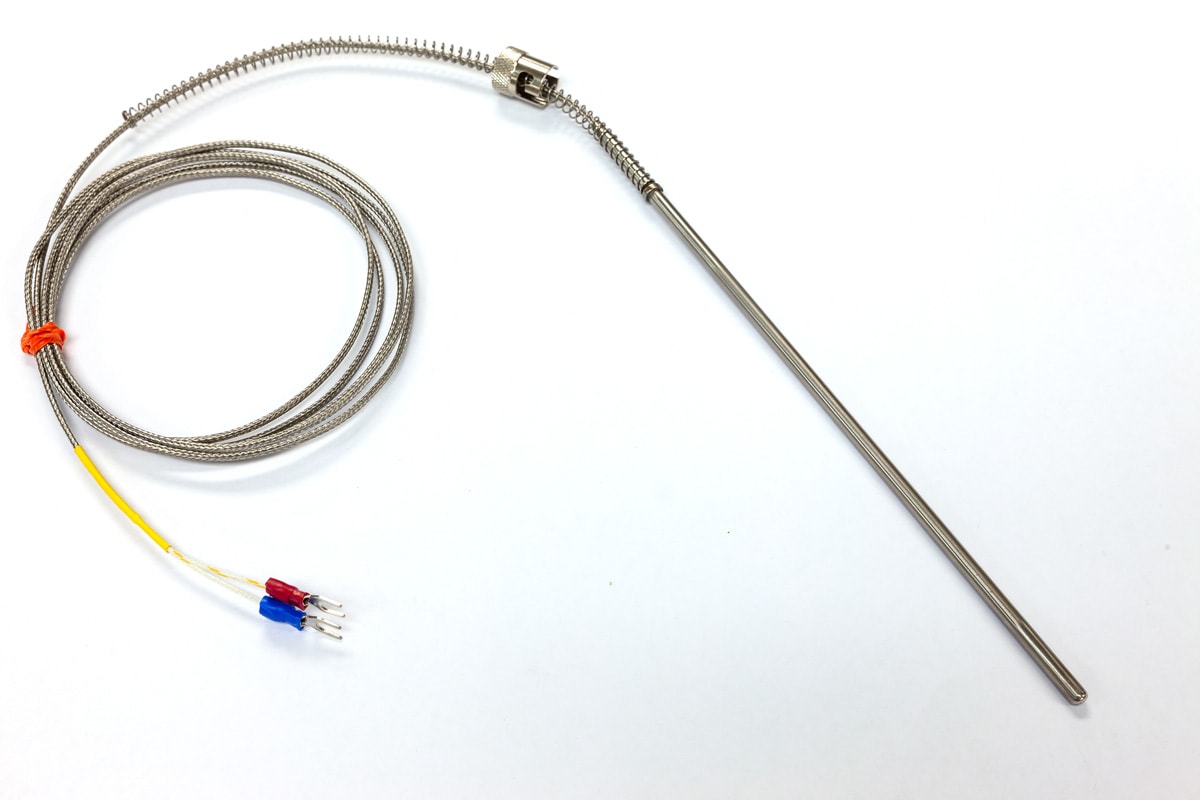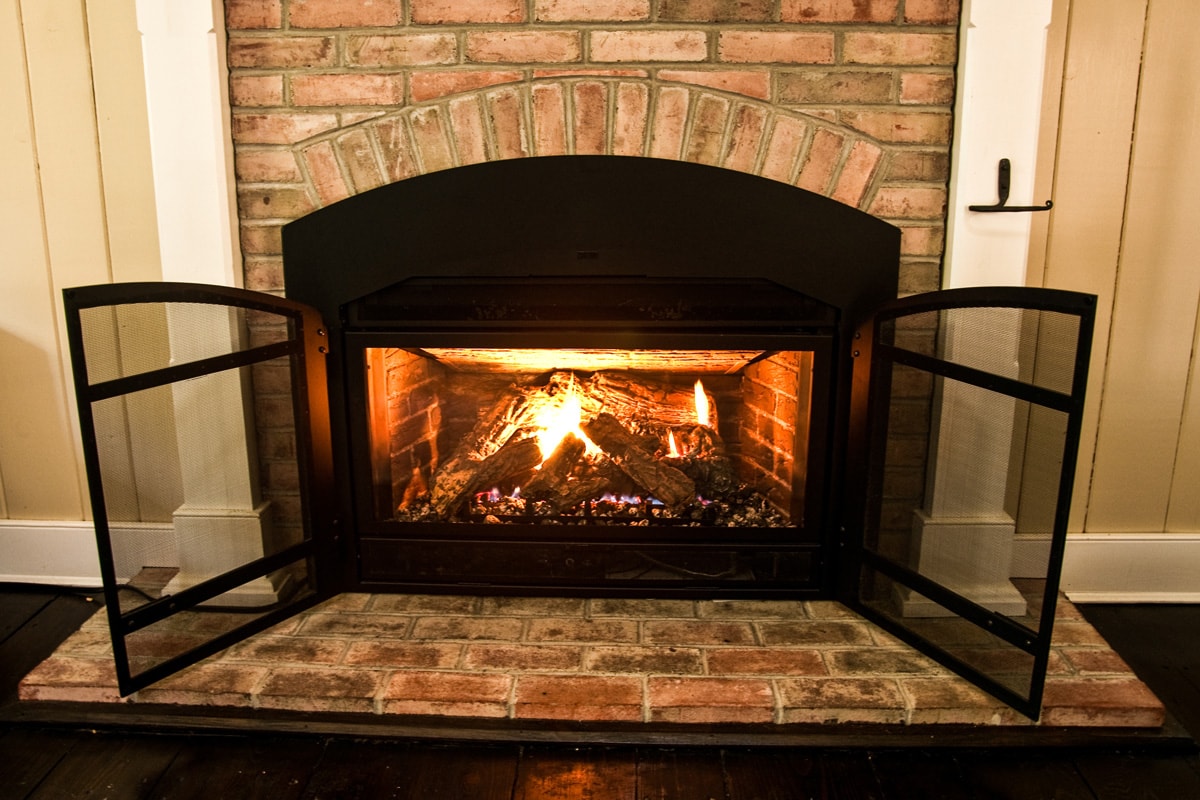Gas fireplaces need a thermopile or thermocouple to generate electricity. These components are essential to start the pilot flame. You should know the location of these critical parts in case you need to fix any issues with the fireplace. We've researched so you can learn about the thermopile and thermocouple in this post.
You will find the thermopile in front of the pilot light. The thermopile is an aggregate of thermocouples arranged in a parallel or series layout, while the thermocouple is a pair of wires where energy flows. Both emit millivoltages to start the flame in a gas fireplace. A gas fireplace may have a thermopile, a thermocouple, or both.
A thermopile or thermocouple is vital for gas fireplaces with a pilot system. If these do not work, you need to fix or replace them, if possible, before you continue using the fireplace. You should know when and what to replace so there will be no issues. Continue reading to understand more about thermopiles and thermocouples.
![A gas fireplace inside a comfortable home, Where Is The Thermopile [Or Thermocouple] On A Gas Fireplace?](https://hvacseer.com/wp-content/uploads/2022/09/Where-Is-The-Thermopile-Or-Thermocouple-On-A-Gas-Fireplace-1.png)
Where Is The Thermopile Or Thermocouple Located?
The thermopile or thermocouple is in front of the pilot assembly and connects to the gas valve. The thermopile connects to the TP and TP/TH terminals if you find the valve.
The pilot is inside the ignition system at the top of the burner assembly. The location of the burner is at the base of the fireplace unit. You can also take a look at the product manual for the specific area of the parts.

Thermopile refers to a combination of thermocouples. Its function is to open up the gas valve. You will see thermopiles in larger gas fireplace models because these have a greater electric power to ignite the pilot light.
A thermocouple is a combination of two wires that produces millivoltage. In terms of purpose, the thermocouple controls the gas flow to the pilot light passing through the gas valve. It is weak, with a low electric current.
These are contactless temperature sensors and generators for a fireplace. Both convert heat to generate electricity that will ignite the pilot flame. The pilot flame should have a continuous supply of electricity from the thermopile to keep the fireplace working.
Although they have the same goal for the gas fireplace, you should know their differences.
How Do I Know If I Have A Thermopile Or Thermocouple?
You can easily distinguish a thermopile from a thermocouple by appearance. If you plan to examine the components, always take precautions to avoid injuries.
The thermopile is known as the power pile because it generates more millivoltage than the thermocouple. It can consist of 10 or more thermocouples arranged in series or parallel layouts.
The component has antimony and bismuth bars connected with an astatic galvanometer. Also, various thermopile metal types measure different temperature ranges and protect the internal wires.

You can quickly identify a thermocouple because it consists of two wires. The thermocouple arrangement can be series or parallel. The heat it generates comes from one section and flows to each wire. With many thermocouples, more voltage will be produced.
Do All Gas Fireplaces Have Thermopile Or Thermocouple?
All gas fireplaces, except those with electric ignition, have a pilot to start the flame. The pilot will not work without a thermopile or thermocouple. There would be no light that ignites the burner.
Modern and electric gas fireplaces do not use a pilot because it needs fuel to start. Without a pilot, energy is conserved because the unit has less work.
How Long Does A Thermocouple Last On A Gas Fireplace?
The thermocouple can last for a decade. Yet, a thermocouple is a susceptible device that can fail. Its lifespan can shorten depending on the usage of the fireplace.

What Happens If The Thermopile Or Thermocouple Fails?
If the thermopile or thermocouple fails, the gas fireplace will not sustain the flame or will not light at all.
If the fireplace will not stay lit, but the pilot is still on, then the thermopile has a problem. The heat it produces may not be enough to create a spark and ignite the pilot flame.
In normal operations, the thermopile should allow the gas valve to stay open when the pilot is on. A drop in gas pressure will not keep the flame on. You should check if there are corrosion or loose connections that can hinder the flame of the fireplace unit.

Moreover, the thermopile or thermocouple can accumulate carbon and deposit it in the wires over time. If there is a clogged pilot, it will not heat the thermopile to the required temperature.
The flame from the pilot should be blue, burn steadily, and be large enough to envelop the thermocouple. A yellow or orange flame can imply some clogging.
You should test the components to check their current electrical capacities.
How To Test A Thermopile?
If your gas fireplace fails to work, you should examine its parts to determine the problem. That is why it is essential to be familiar with the location of the thermopile or thermocouple.
After you inspect other components, such as the switch, burner assembly, or the pilot, the problem might be the thermopile sensor.
Use a digital multimeter on the thermopile lead to check the voltage. If the multimeter light blinks red, the thermopile has low voltage. In that case, the pilot cannot light up the flame.
Here are the steps to check the voltage:
- Check the ends where it branches off two colored leads if you found the thermopile.
- Set the multimeter on DC millivolt.
- Then, test the voltage on the terminals while the pilot runs for at least two minutes. Keep the switch you use to turn the fireplace off.
- Check the meter reading. The reading should be at least 325 millivolts. Otherwise, the thermopile is weak.
- If the voltage exceeds the requirement, turn the switch to ignite the flame.
You will see that the voltage reading will reduce to more than half of the reading before turning on the fireplace.
- The switch does not trigger the valve if the voltage stays the same.
- If there is only a slight decrease, the problem is a defective main valve.
- If the voltage drops to zero, the thermopile is short.
The usual range of voltage is as follows:
- Thermopile - 650–800 millivolts
- Thermocouple - 25–30 millivolts
Testing your thermopile can help you identify the underlying problems.

When To Replace The Thermopile
From the testing results, you must replace the thermopile if the voltage reading is zero. Another sign to observe is the pilot light. If it stays lit for some time but turns off after relighting, you should replace it.
Some gas fireplace models will beep to alert you that the flame sensors are not working.
You can also check if there is debris accumulating on the thermopile. In that case, replacement is not urgent. You only need to blow out the dirt to clean the thermopile. If the lighting problem persists and debris is hard to remove, you need a replacement.
How Much Does It Cost To Replace A Thermocouple?

In Summary

The thermocouple or thermopile is in front of the pilot light. Both are critical components of the ignition system. They function as heat sensors to generate small currents of electricity and light up the flame. Although they look similar, their purposes are distinct.
It will help if you know the location of these components in case there are issues, such as keeping the pilot flame lit. You can test the thermopile or thermocouple for the voltage each one emits.
There may be other issues to fix, including corrosion and the accumulation of carbon deposits. If the thermopile fails, replacement is a remedy.
Discover more about fireplaces from these posts:
